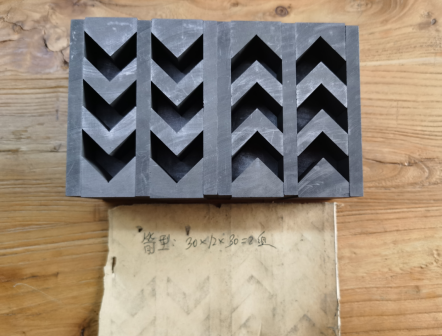Bearing is a kind of sliding parts commonly used in mechanical industry, and its material is different from metal, nonmetal and composite materials.
Learn More- Home
- About Us
-
Products
-
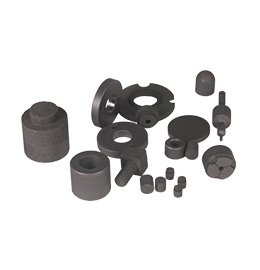 Processing industry
Processing industry -
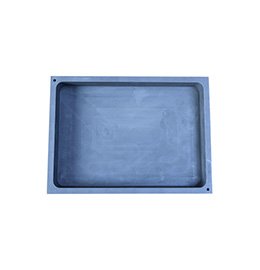 Chemical industry
Chemical industryPermanent selection of high-quality graphite materials for special processing, with high temperature resistance, good self-lubricating performance, easy to push and pull, not easy to attach to other objects,
Learn More -
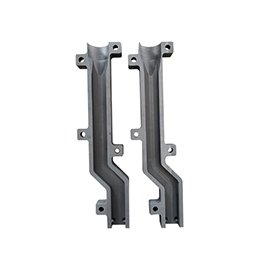 Semiconductor industry
Semiconductor industryThe wear-resistant and oxidation-resistant SIC coating is a kind of high-performance wear-resistant and oxidation-resistant material, which is composed of high-performance silicon carbide and graphite surface by CVD.
Learn More -
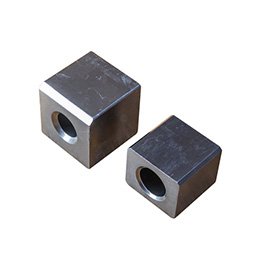 Graphite material
Graphite materialWear resistant carbon and graphite products are often used as structural materials in mechanical industry and chemical production, and have become an important branch of carbon and graphite products industry.
Learn More -
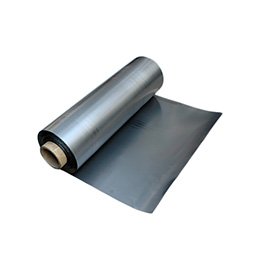 Flexible graphite
Flexible graphiteThe natural high carbon flake graphite is made by chemical treatment and rolled by high temperature expansion.
Learn More -
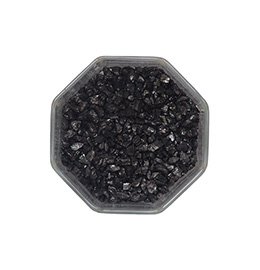 Carburizer
CarburizerAfter years of research and development. Qingdao Duratight focus to supply customers carbon additive/Graphite Petroleum Coke(GPC) with high carbon
Learn More
-
- News
- Download
- Contact Us








